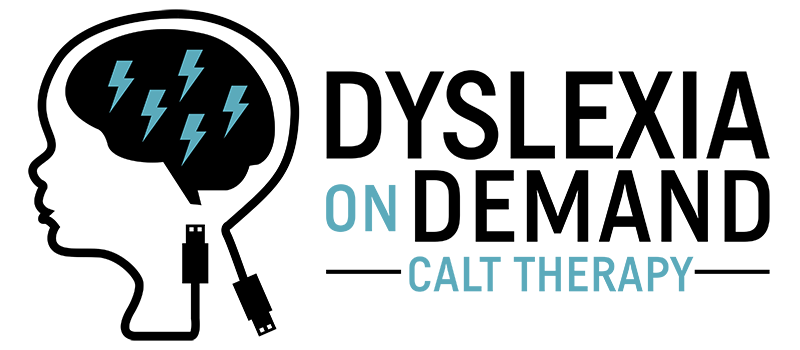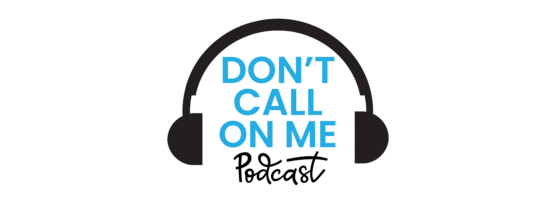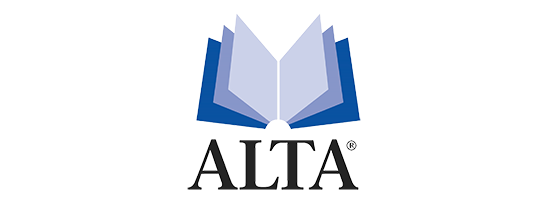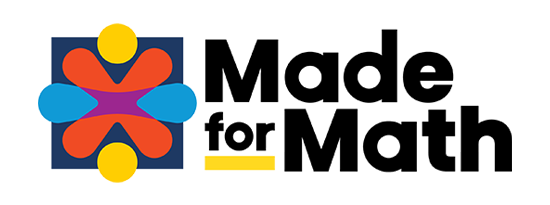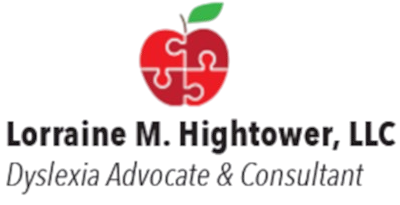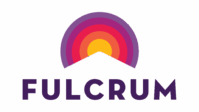
What You Should Expect For Your Patients At Dyslexia On Demand
Dyslexia on Demand is changing neural pathways to help change children’s futures. As a service that offers dyslexia therapy, we speak to parents of dyslexic children daily. We have discovered the most effective approach to helping children with dyslexia succeed in the classroom and beyond. With clients across the nation, our wide reach allows us to have a macro view of dyslexia in the United States. There are so many resources for students with dyslexia available, but the data we have studied and the results we have achieved both help to prove that dyslexia therapy is the best option. Read on to learn more about what you should expect for your patients at Dyslexia on Demand.
- A proven program: Dyslexia therapy sessions at Dyslexia on Demand implement a therapeutic grade, comprehensive, Orton-Gillingham-based dyslexia intervention program. This two-year curriculum was written by the staff of the Luke Waites Center for Dyslexia and Learning Disorders at Texas Scottish Rite Hospital for Children (TSRHC)—a renowned institution for helping students with specific learning disabilities. This program builds on the success of prior dyslexia therapy programs that the TSRHC created and was designed to be used by Certified Academic Language Therapists for students who are age seven and older. For those diagnosed early, we can also target early intervention for those 5 and up with another curriculum designed by the TSRHC called BUILD.
- Designed with the future in mind: The dyslexia therapy program we use is different than a simple tutoring approach. While tutoring may alleviate some academic struggles temporarily, our therapy program has been developed to not only achieve and maintain better word recognition, reading fluency, and reading comprehension as well as aid in the transition from a therapy setting to a real world setting. It provides long-term growth through neural pathways development – and is more than a band aid to the problem)
- Prescriptive and personal: Before dyslexia therapy begins, Certified Academic Language Therapists review detailed, formal evaluations and academic samples of students. Then, a series of formal assessments for academic skills are administered in order to obtain baseline documentation. The performance of the student then informs the diagnostic and prescriptive intervention we administer through dyslexia therapy. Altogether, this helps to create a high level of accuracy, fluency, and understanding for independence in written language skills.
- Educated and experienced professionals: The dyslexia therapy program at Dyslexia on Demand uses Certified Academic Language Therapists—CALTs. CALTs must complete a rigorous training and certification process through accredited programs that are focused on dyslexia and other learning disabilities. To become a CALT, one must have a Masters degree, do two years of additional study on the dyslexic brain, structured literacy, and therapy practice. CALTs also do specialized coursework and 700 supervised clinical hours on dyslexia intervention and assessment. The one-of-a-kind model of Dyslexia on Demand helps to make dyslexia therapy accessible to students with dyslexia no matter their geographic location.
- Repetition is a key element: Therapy sessions through Dyslexia on Demand are done in one-on-one or small group settings. These sessions happen with high frequency over a sustained period of time. This repeated practice and performance helps students to develop accuracy, fluency, and comprehension that embeds for long term success.
- Specific skills: CALTs enable explicit understanding and application of the structure of the English language, including phonology, morphology, syntax, semantics, pragmatics, and orthography. This focus on specific skills helps to create a strong foundation for both oral and written language through a focus on accuracy, fluency, comprehension, spelling, and written expression.
- Amazing outreach and impact: Since it has been in operation, Dyslexia on Demand has served more than 500 students. Currently, our CALTs work with about 190 students. The ages of our students range from 5-to-77-years-old, and students are located in more than 26 states and 5 different countries.
- Awareness of co-morbidities: It’s so important to note that dyslexia frequently co-occurs with other diagnoses and disabilities including ADHD, auditory processing, dysgraphia, expressive language, low processing speed, and low working memory. Dyslexia on Demand is the right place to bring patients with these co-morbid conditions; we are equipped to help.
- Teaching parents advocacy: Dyslexia on Demand helps parents to learn how to better advocate for their student with dyslexia. We offer dyslexia simulations twice a year, twice monthly blogs on dyslexia topics, a weekly video series on dyslexia and advocacy, a quarterly webinar series, webinars available for free downloads, and even dyslexia education posts on TikTok every other day.
Dyslexia on Demand has a mission to make dyslexia therapy accessible to all students despite any geographical limitations or shortages of qualified interventionists. We believe that all children deserve the opportunity to become academically successful lifelong learners. Do you have patients that are in need of dyslexia tutoring to help with their learning struggles? Whether it’s ADHD, low working memory, dyslexia, or another issue, you can reach out to Dyslexia on Demand to learn more about how dyslexia therapy could be a great option for your patients. Dyslexia therapy can truly make a difference in a child’s life. Contact Dyslexia on Demand to learn more.
